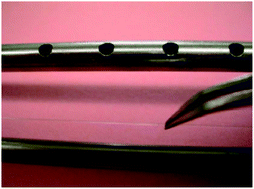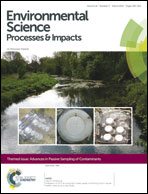Remedy performance monitoring at contaminated sediment sites using profiling solid phase microextraction (SPME) polydimethylsiloxane (PDMS) fibers
Abstract
Passive sampling using polydimethylsiloxane (PDMS) profilers was evaluated as a tool to assess the performance of in situ sediment remedies at three locations, Chattanooga Creek (Chattanooga, TN), Eagle Harbor (Bainbridge Island, WA) and Hunter's Point (San Francisco, CA). The remedy at the first two locations was capping over PAH contaminated sediments while at Hunter's Point, the assessment was part of an in situ treatment demonstration led by R. G. Luthy (Stanford University) using activated carbon mixed into PCB contaminated sediments. The implementation and results at these contaminated sediment sites were used to illustrate the utility and usefulness of the passive sampling approach. Two different approaches were employed to evaluate kinetics of uptake onto the sorbent fibers. At the capping sites, the passive sampling approach was employed to measure intermixing during cap placement, contamination migration into the cap post-placement and recontamination over time. At the in situ treatment demonstration site, reductions in porewater concentrations in treated versus untreated sediments were compared to measurements of bioaccumulation of PCBs in Neanthes arenaceodentata.

- This article is part of the themed collection: Advances in Passive Sampling of Contaminants

 Please wait while we load your content...
Please wait while we load your content...